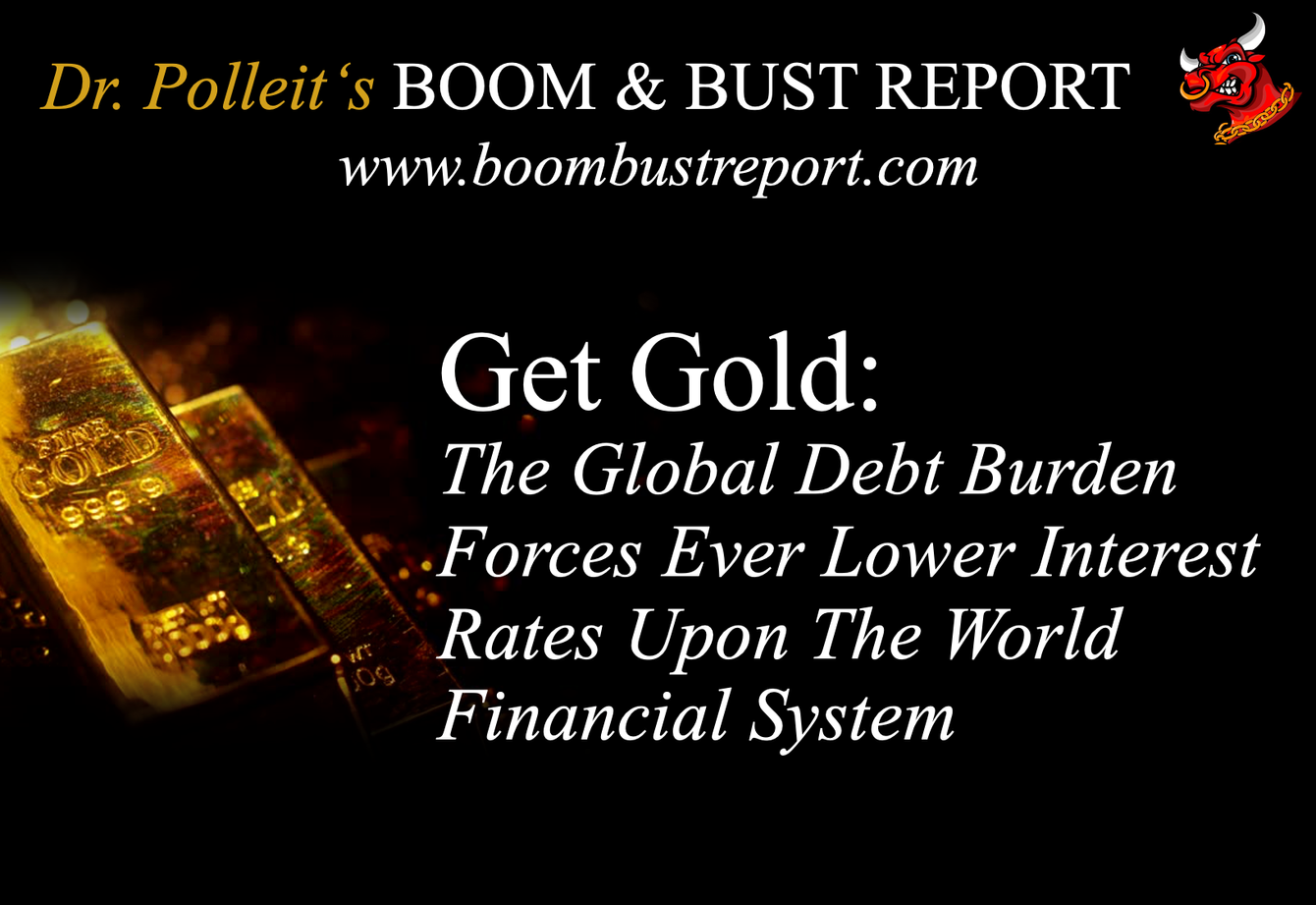Why did U.S. President Donald J. Trump reverse course, softening his “tariff hammer” just days after announcing it on April 2, 2025—postponing it for 90 days, then announcing negotiations with various countries? Was it merely a tactical move aimed at eventually eliminating tariffs in global trade? Or was there another, deeper reason—perhaps the fear that an economic shock from tariffs could trigger the collapse of the global debt pyramid? That suspicion seems entirely plausible.
Just consider the scale of global debt. According to the Institute for International Finance (IIF), by the end of 2024, global debt had reached $325 trillion—about 328% of global economic output. While this is down from the all-time high of 362% in early 2021—largely due to a dramatic GDP decline amid surging debt—, the global economy has since recovered. Additionally, a wave of high inflation has helped reduce the debt ratio somewhat. Still, the underlying trend is unmistakably upward.
There’s no question: credit market debt in many economies has reached truly staggering levels—even without factoring in unfunded public pension liabilities. What’s especially troubling is that this debt has built up under the global fiat money regime.
In a fiat money regime, central banks suppress market interest rates artificially—pushing them below the level that would prevail without such manipulation. This fosters an economic boom, driven by an expansion in credit and money. But such a boom rests on unstable foundations.
Eventually, the boom gives way to a bust. And when that happens, it becomes painfully clear that many investments made during the boom were unprofitable, leaving borrowers struggling to service their debts.
As lenders grow concerned about potential defaults, they become reluctant to refinance maturing loans—or they only do so at significantly higher interest rates, which borrowers often can’t afford. That’s when the “perfect storm” hits—the point at which the debt pyramid begins to collapse.
It’s crucial to recognize that much of today’s debt was refinanced during an era of ultra-low interest rates. Until about 2022, when central banks started raising rates, maturing debts were being refinanced at very low costs, and low market yields stimulated additional borrowing. Now, however, a growing share of outstanding debts must be refinanced at far higher interest rates—dramatically increasing borrowers’ debt servicing burdens.
In a fiat money regime, net repayment of outstanding bank credit is politically undesirable—as it reduces the money supply, risks triggering goods-price deflation, and could ultimately crash the debt mountain along with the production and employment structure it supports.
As a result, clinging to the fiat system forces economies into ever-deeper debt, enabled by ever-lower central bank interest rates. This expands the credit and money supply, devalues the purchasing power of money, and leads to massive capital misallocations. In short, a highly destructive trend is playing out—not just in Western economies, but also in China, Japan, and Latin American countries.
The U.S. credit market plays a central role in this global debt scheme. The U.S. Federal Reserve, which effectively sets global credit cost and liquidity benchmarks, began raising interest rates in early 2022—but has already reversed course, starting in September 2024. Rates now stand between 4¼ and 4½ percent. And while the Fed may hesitate to cut further, it’s likely that rates will be lowered again in the coming months.
Many other central banks have already made significant cuts, including the European Central Bank, the Bank of Canada, the Bank of England, the Swiss National Bank, and the central banks of New Zealand, Australia, India, and Mexico.
Officially, these rate cuts are justified by falling consumer price inflation, which—according to central banks—warrants cheaper borrowing. But the real reason is likely more sobering: heavily indebted economies simply can’t withstand higher borrowing costs. Interest rates must fall to keep the debt machine running.
The situation in the eurozone is especially concerning. Major economies like Germany, France, and Italy are barely growing. They’re enacting anti-business policies, increasing government intervention, and running up public debt—all while already heavily indebted. Now, the EU appears poised to tap into citizens' private savings to finance more public spending—potentially exploiting unsuspecting savers.
While the U.S. has begun resisting the 'Deep State' and globalism—offering some hope of a return to freer markets—the eurozone continues on the path toward a command-and-control economy, aligned with the so-called globalist agenda; and the European Central Bank seems eager to finance that agenda.
Against this backdrop, long-term oriented investors have good reasons to keep gold (and some silver) in their portfolio. Gold’s market value cannot be destroyed by central bank policy, it is one of the very few remaining assets that shield the investor against the vagaries of the worldwide fiat money system. Against this backdrop there are good reasons for investors to expect the gold price to keep trending higher.
If you’re looking for more information and actionable investment ideas, the best step you can take is to read Dr. Polleit’s BOOM & BUST REPORT. It’s written for investors who want to understand what lays ahead. All the information is available at www.boombustreport.com.

